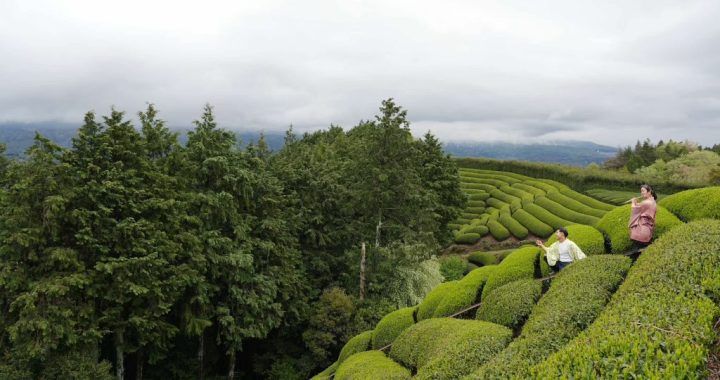May-June 2025
Hello again! Welcome to the second chapter of my assistant manager blog series.
One of the most memorable parts of this quarter was the Spring harvest and processing. I still clearly remember the first day of Spring harvest, Hachiju-Hachiya. It was so incredible to see the factory alive this night and throughout the harvesting season, with the windows bright in the night, steam rising up from the steaming machine, and the intermittent buzzing of the soft- and hard- rolling machines. What followed this night was a busy season of harvesting and processing.
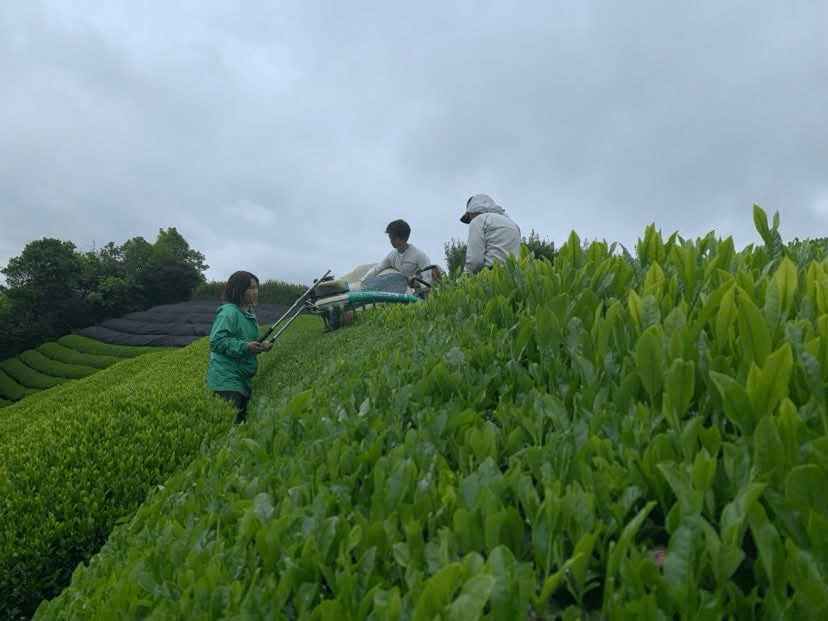
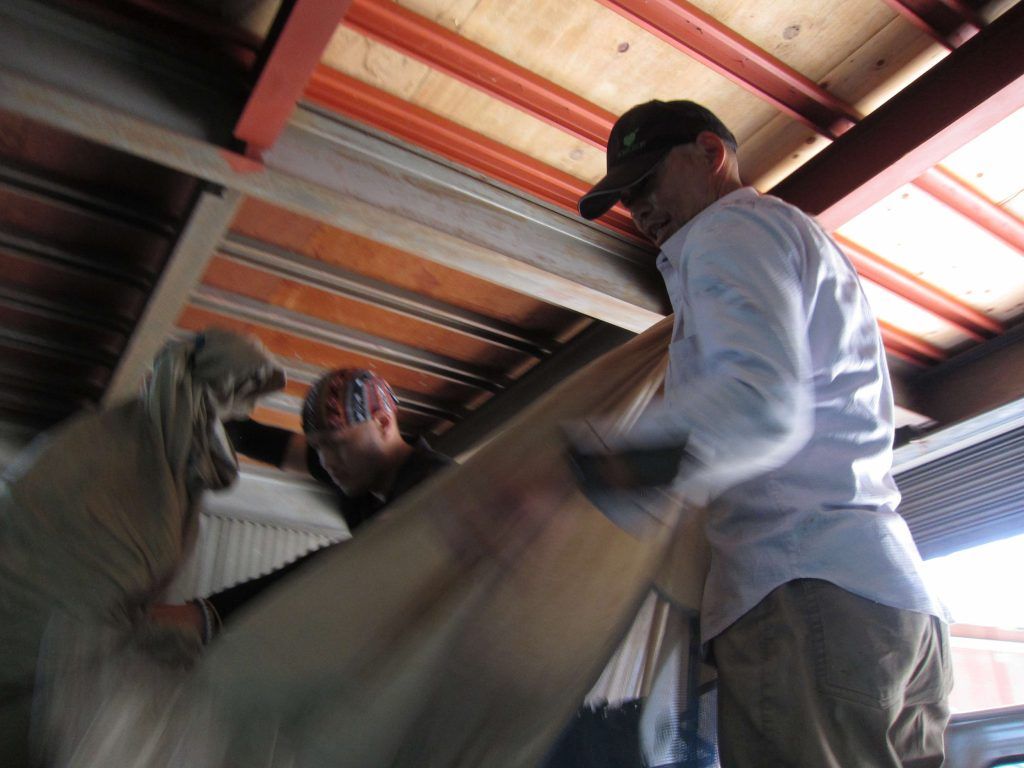
Something that shocked me about this new tea was the taste. It had a bright, fresh, almost wild flavour that I had only tasted before in the temomicha we made in a handrolling workshop (this was made using frozen Spring leaves). Because of this, I had thought this flavour was characteristic of temomicha. I was amazed how different this Sencha tasted from the older Sencha that we had been drinking. This made me realize how truly unique each cup of tea is. Each step of a tea leaf’s journey, from harvesting time to cultivation method to processing to how long it has been packaged to brewing time and temperature can significantly alter the taste of a tea. I think this encapsulates the concept of ichi-go ichi-e, and it encourages us to savour each cup of tea because we will never drink the same tea twice.
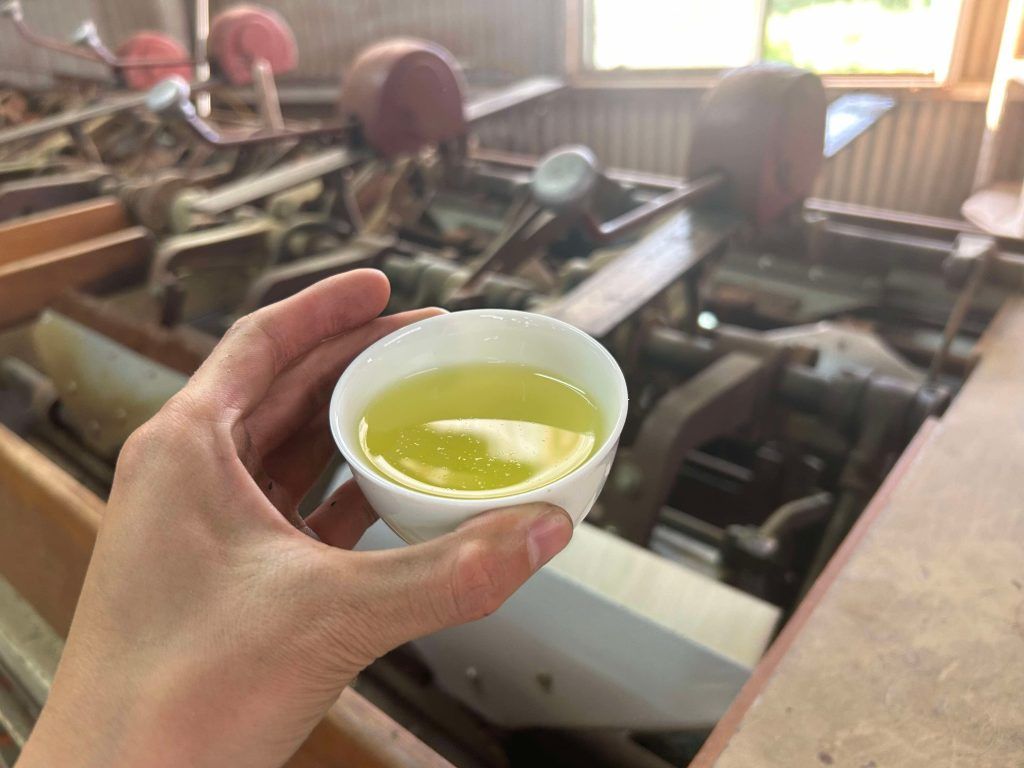
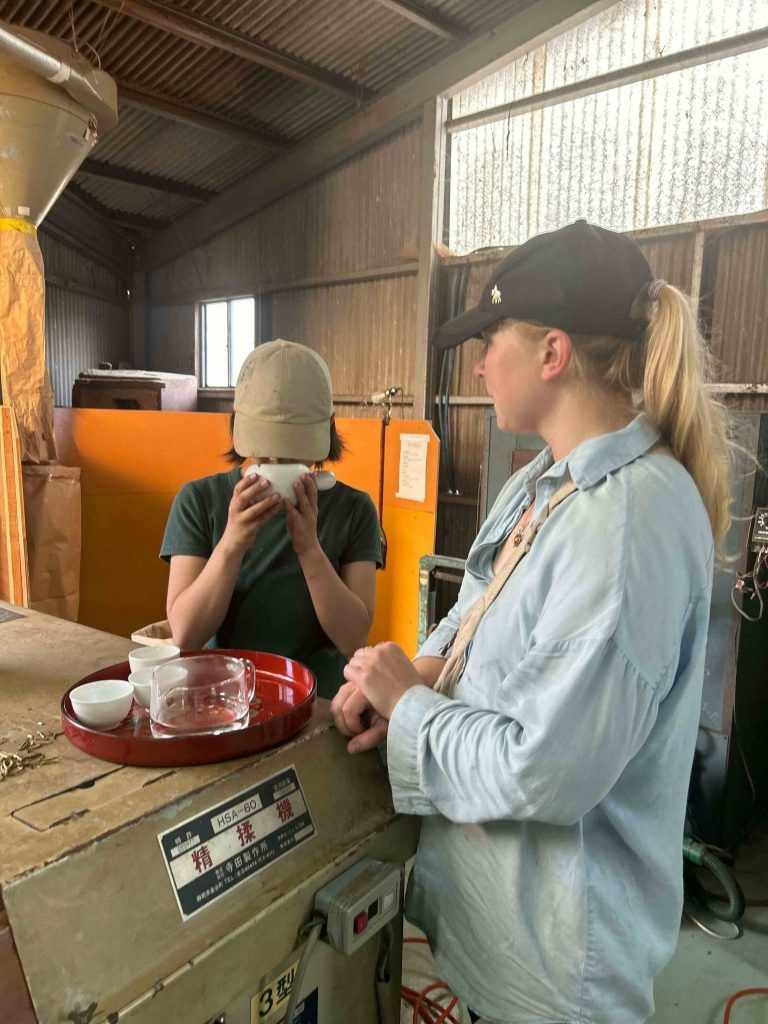
One of my favourite moments from the Spring harvest was harvesting and processing Aoi Mori leaves with Miwako-san and Sky (#192). In the morning, we harvesting Sayamakaori and Yabukita leaves from Aoi Mori, our natural tea field managed by Miwako-san. When we returned to the factory, we set some of the Sayamakaori tea aside for Pau, who made with them a Kaori Sencha, which involved shuffling the leaves in the late night and early morning. We processed the rest of the Sayamakaori and all of the Yabukita in the Sencha factory that afternoon. It was so fun to see the process of tea production from leaf to cup, and it was so rewarding to taste the freshly made Natural Sencha.
Another memorable farming experience from the Spring harvest was harvesting from the Okumidori section of Aoi Mori with Hiro-san, Miwako-san, Pau, Marie (#129), Tran (AM #12), and Alex (#193). On this morning, Hiro-san taught Tran and me how to drive the harvesting machine! The leaf from this harvest will be used for our Natural Okumidori Matcha.
Again, there are too many memories from the past few months to name them all, so I will again name a few that are rooted in my memory by tea.
Tasting Sannen Bancha with Katrina and comparing its sweet, earthy taste to tatami and the “bamboo tea” you make when you soak your chasen before making matcha.
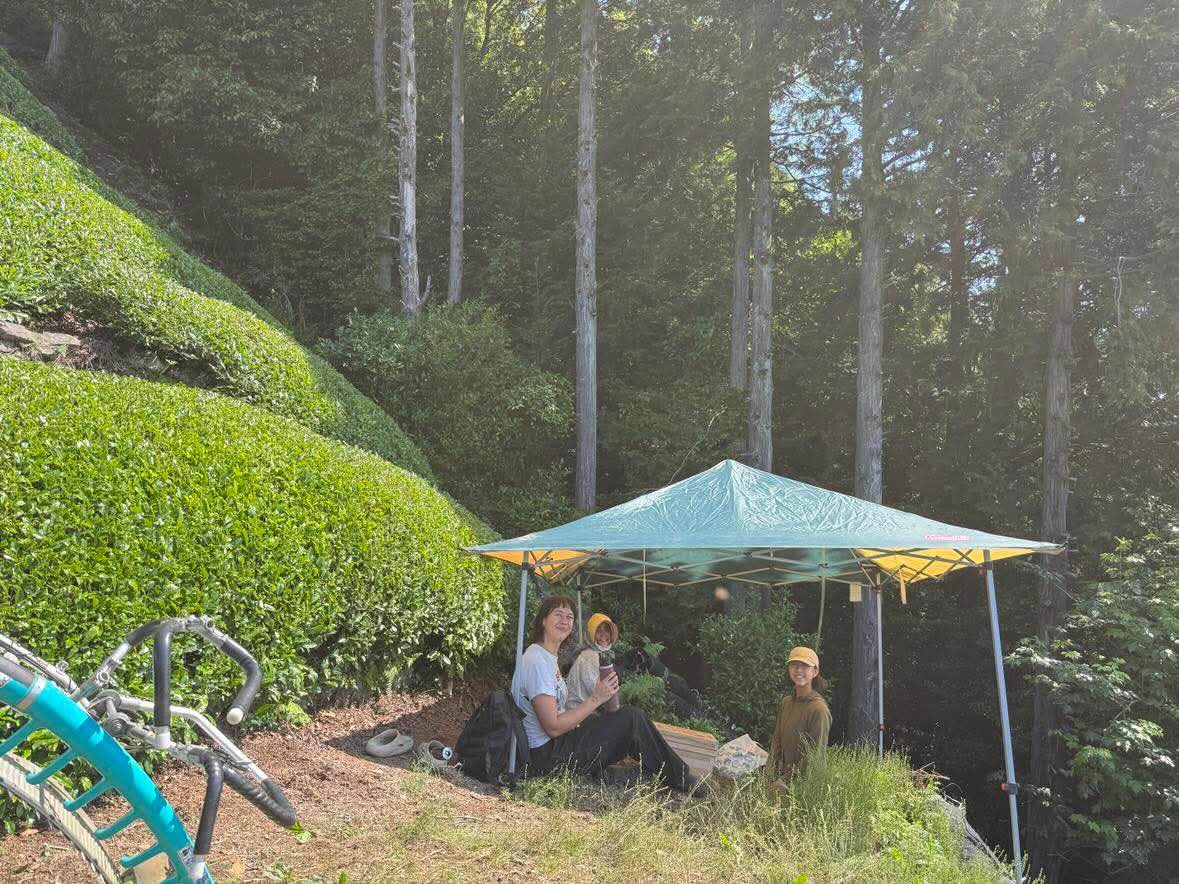

Enjoying cold-brewed Kabuse Sencha the Tenku Cafe! Towards the end of the Spring harvest season, on June 5th, Marie, Jackie (#191), and I supported Akky-san in Tenku with Tencha harvest. Because it was so sunny that day, we set up a tent to keep the tea leaves cool. During a farming break, we sat under this tent and enjoyed some Kabuse Sencha (made from this year’s shincha!) and it felt like our own little cafe! Later that day, we trimmed in Michinashi–“no road”–tea field and Iemae tea fields.
Joining a Chakabuki tournament led by Akky-san! During this tea-tasting competition, we blindly tasted and attempted to identify five different shincha: Forest Glow, Gushing Brook, Earth, Gyokuro, and Spring Sun.
Drinking Genmaicha and Spring Sun along with freshly-made mochi! Along with Zehra, KD, Izzy, and Garance, I took part in a mochi workshop–one of the four workshops all interns get to participate in. Led by Katrina (AM #8) and Toshi-san, a local mochi master, we learned about the history of mochi and the tools used in mochi-making before pounding and shaping mochi ourselves! Toshi-san showed us how to make delicious daifuku by filling the freshly-pounded mochi with his anko.
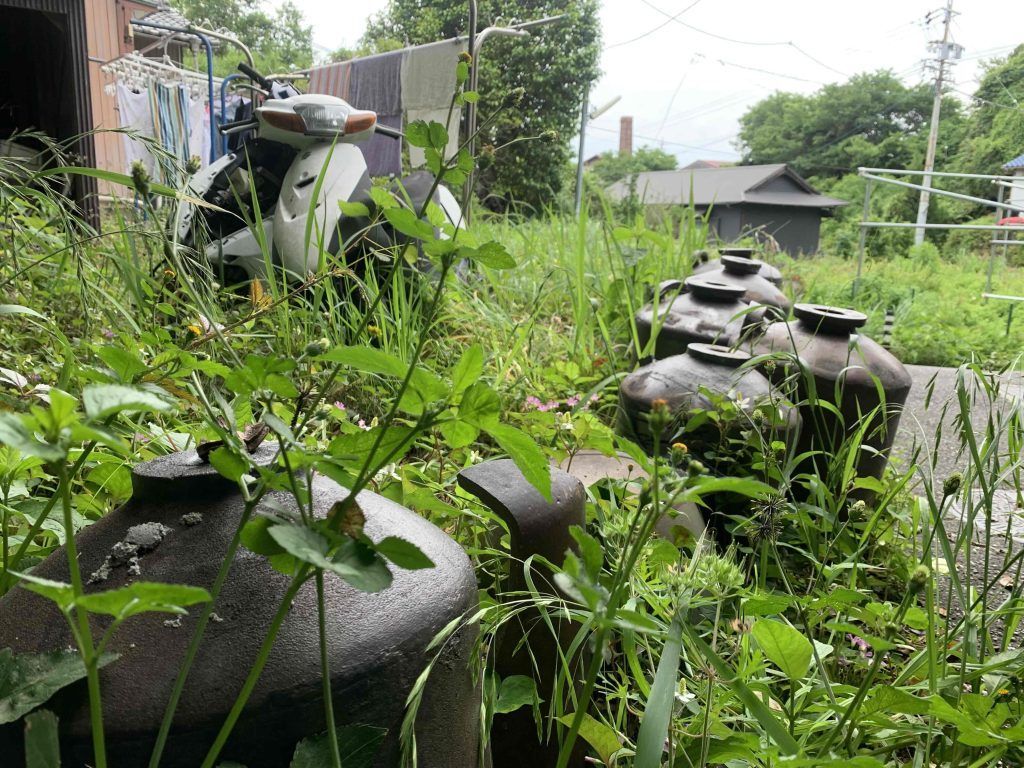
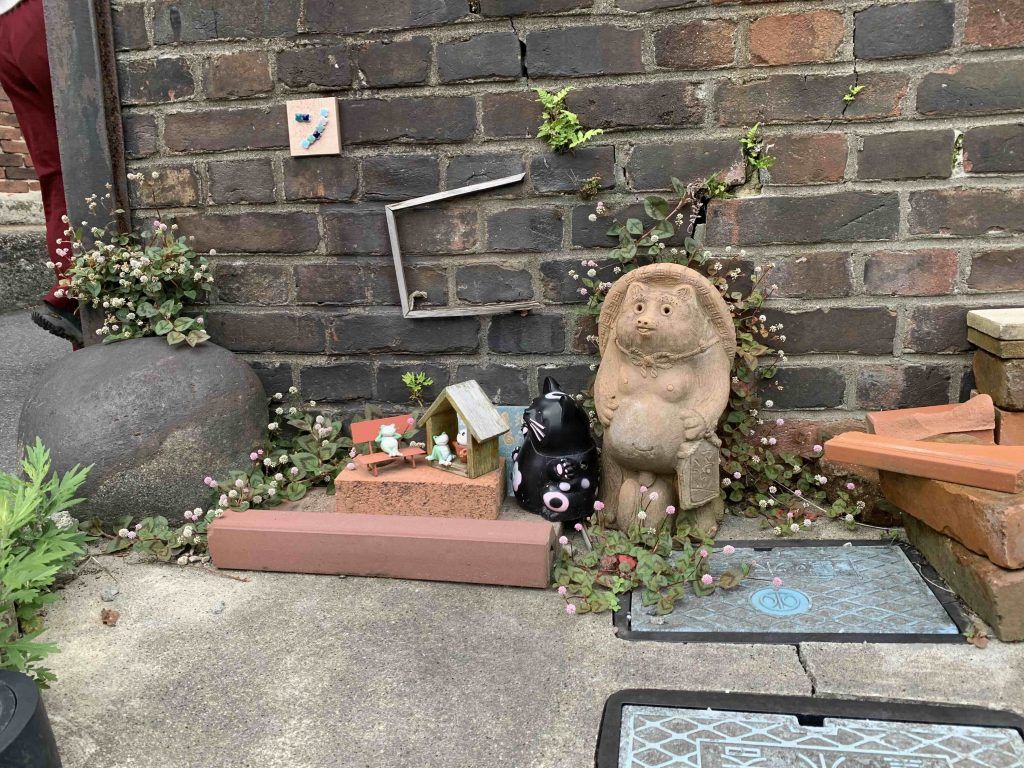
Attempting to brew Tencha without a kyusu with Sky in Tokoname. We visited this home of beautiful pottery in May for Sky’s intern project (interns who take part in our Ambassador programme complete a personal project during their internship, and Sky’s project was on pottery). As part of her project, she visited two of Japan’s six ancient pottery kilns: Shigaraki and Tokoname. I joined her on her journey to Tokoname. There, we explored the magical streets of the ancient town, with walls embedded with reddish clay pipes and crawling with green foliage; saw a large maneki neko, and had the pleasure of meeting Takayuki-san, a potter of Tokoname, and Maro-chan, the stray cat that he cares for along with other locals.
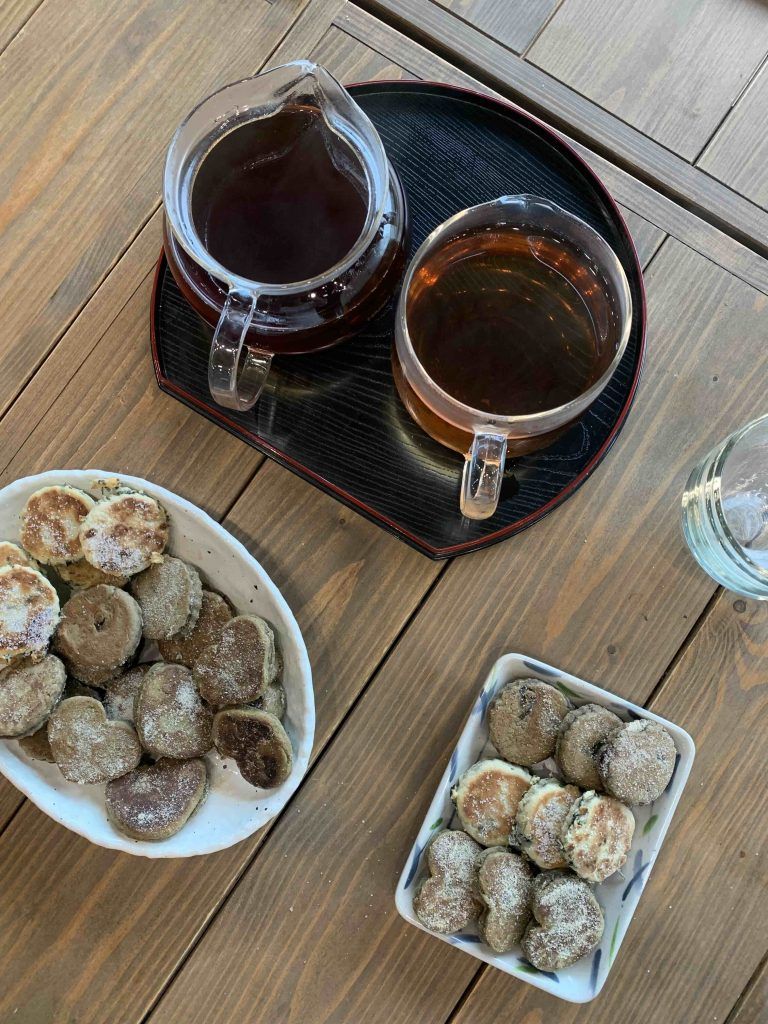
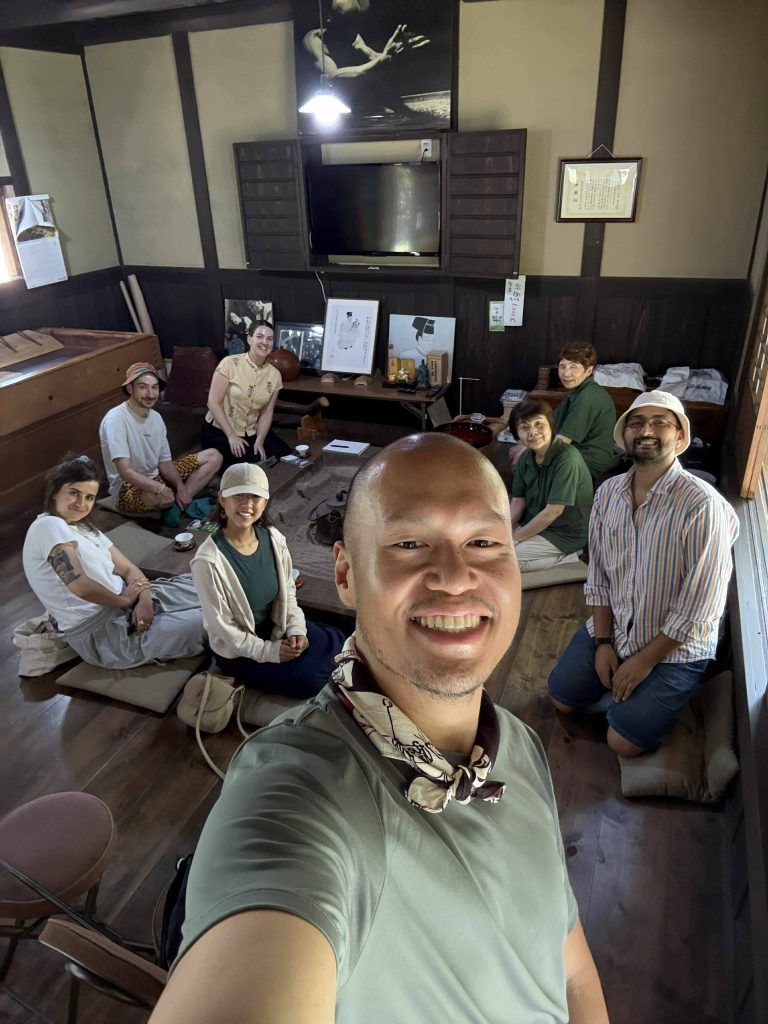
Enjoying Suzume Kukicha and Pine Needle Wakoucha and Welsh cakes while making pottery with Izzy and Marusya. Before leaving, Sky, left us a box of Tokoname clay leftover from her intern project (it was sent to her by Takayuki-san). One rainy afternoon, Izzy cooked Spring Sun, Wakoucha, and Houjicha Welsh cakes, and we enjoyed these alongside pottery-making with this extra clay and hot cups of tea.
Another memorable trip was visiting the origin of Sencha, Ujitawara, with interns Izzy (#200), KD (#201), Marusya (#204), Milan (#205), and Kirill (#208). In Ujitawara, we visited Nagatani Souen’s house, where he invented Sencha processing. Surrounded by trees, with a shrine next door and tea bushes growing outside, Nagatani Souen’s house stands humble yet majestic. The hoiro he created over 300 years ago sits inside, just beyond the entrance. It felt so special to visit the birthplace of one of my favourite teas!
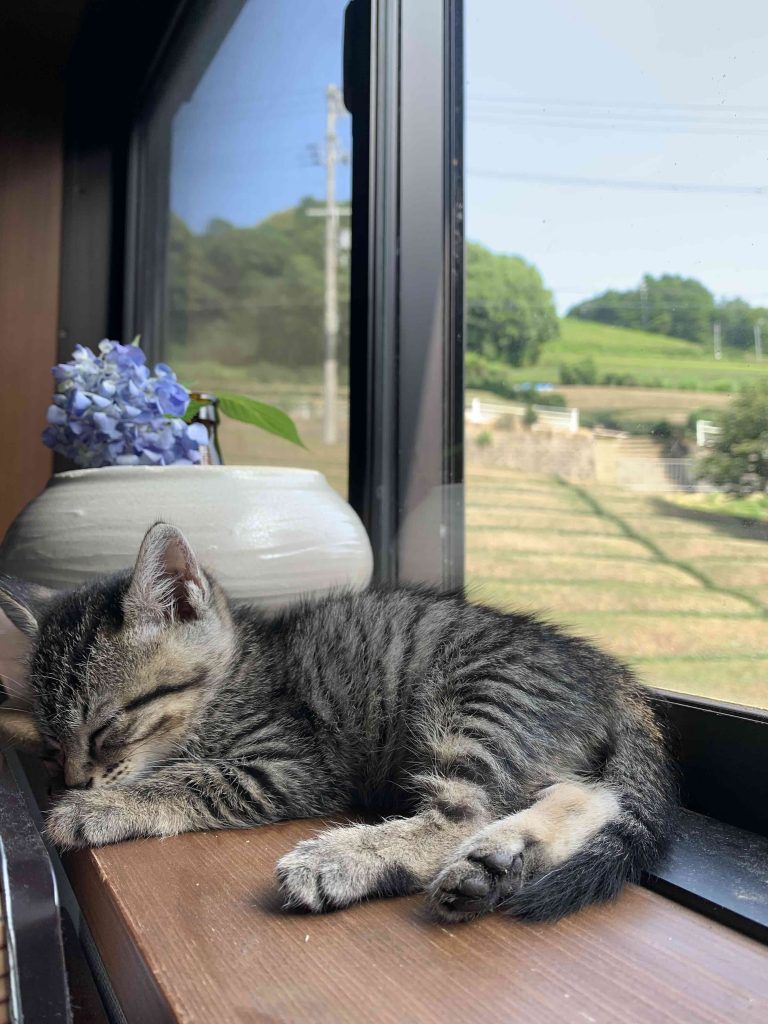
This last memory relates to a tea, but not the drinking of it. On the last day of June, we found an tiny gray tabby kitten in the ceiling of Houjicha House. After hours of worrying and trying to figure out how to rescue her, Garance (#201) finally managed to coax her out of the ceiling and into her arms. We named her Houji, or Houji-chan. ❤️
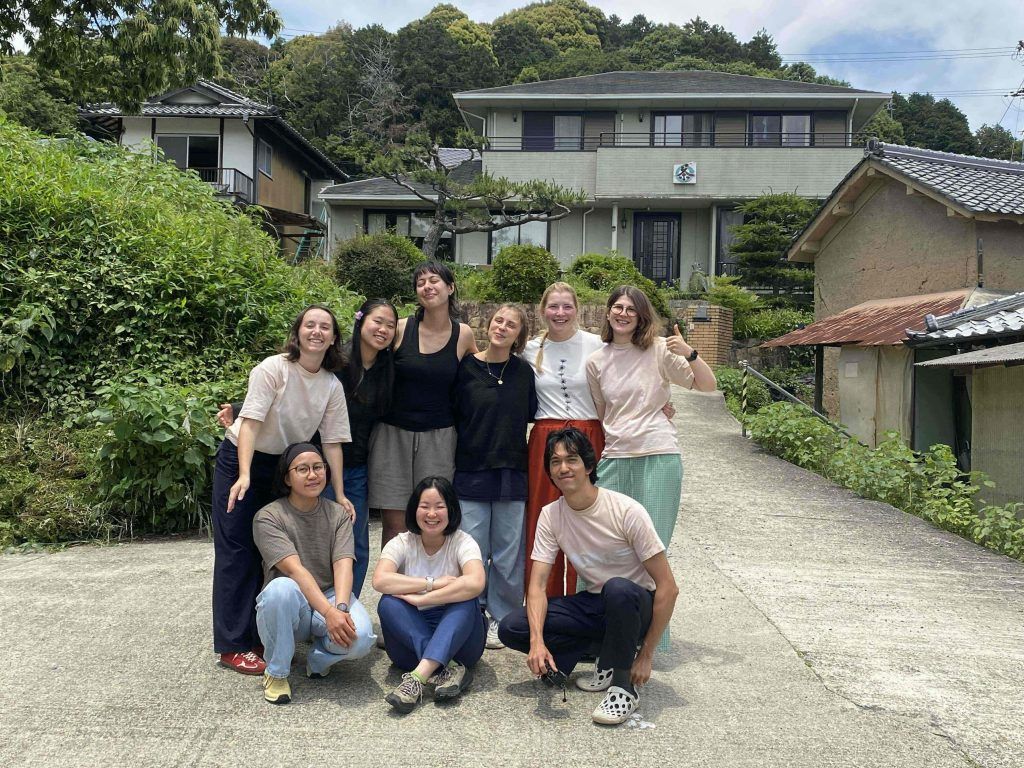
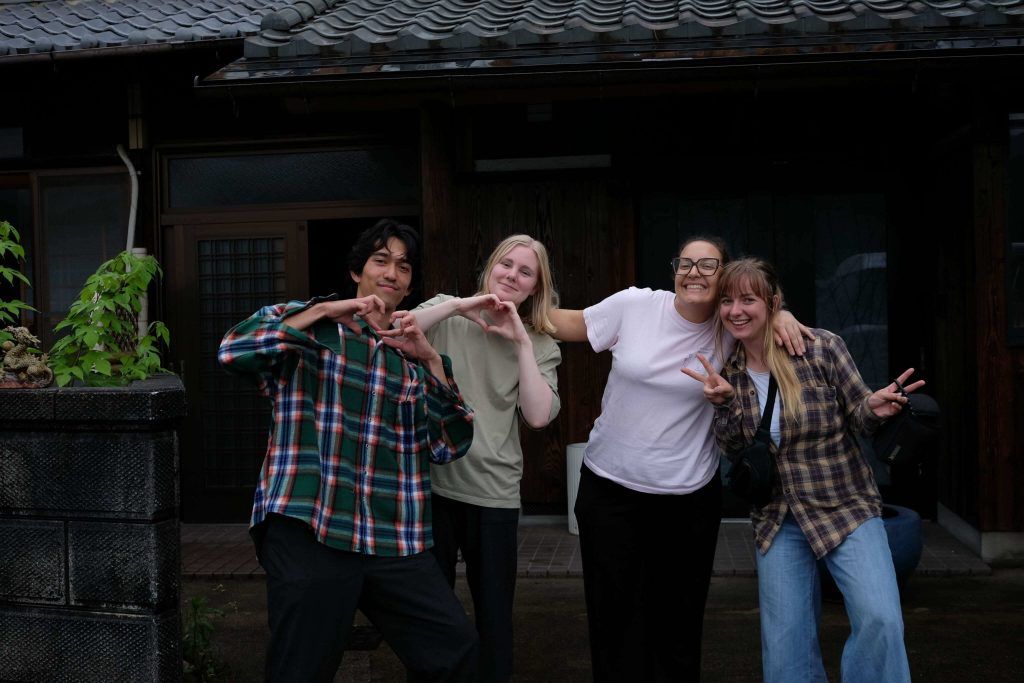
In mid-June, we said goodbye to Cara, Chihiro, Jackie, Sky, Alex, Emily, and George. It was a busy time filled tears and hugs and last-minute Wakoucha-packing. Thank you for all the lovely memories and all your hard work during the Spring harvest season! Shortly afterward, we welcomed seven new interns (#202-208): Mai, Mareike, Marusya, Milan, Trey, Andreas, and Kirill!
The shincha we harvested in May has already changed in flavour, and is now quite mellower. As Spring harvest progressed, Sencha harvest turned to Tencha harvest, and then, in early June, Tencha harvest turned to trimming. Though this meant a calmer period of farming and a break in processing, the anticipation of the next harvest season was palpable. I am excited to harvest and taste the Summer tea!
またね!
ミア

